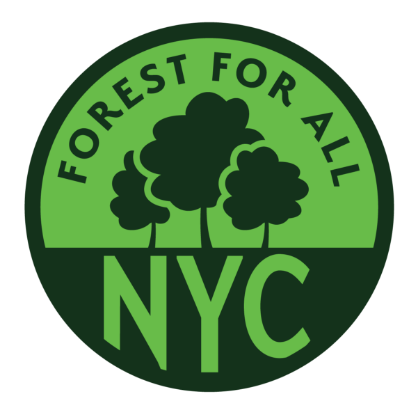By Crystal Cranmore | WABC
There is a renewed effort in NYC to expand access to green space and fight shade inequality.
According to the NYC Health Department, African Americans are twice as likely to die from heat stress as white New Yorkers. To understand this disparity, environmentalists say you can start by counting the trees in your neighborhood.
Environmentalists say the urban forest and its social and environmental benefits are not equitably distributed across the city.
Similarly, boroughs and neighborhoods do not all receive the same level of attention, support, and benefits from investments in environmental programs.
“It’s really hard to find like refuge,” said Williamsburg resident Raisa Lingarden-Lucerna. “I remember one day like on our field day, I passed out from heatstroke because there was no coverage. It was June. It was hot.”
On a hot and humid day in Williamsburg, Lingarden-Lucerna says beating the heat is hard due to the lack of trees.
Sure there are parks, but residents say they don’t provide full coverage.
And some green spaces sit along the Bronx-Queens Expressway – a hotbed for pollution according to human rights organization El Puente.
The nonprofit has joined Forest For All NYC to form a new collation of environmentalists trying to fight shade inequality in a community where 6% of its population has asthma – higher than Brooklyn and citywide.
“That’s directly connected to the poor air quality that we have, and fewer canopy coverage,” Ismael Tolentino with El Puente said.
Activists say South Williamsburg and Bushwick at the top of the list when it comes to high vulnerability.
The coalition recently released its 2021 Urban Forest Agenda. It calls for 30% canopy coverage across the city by 2035. That would be an increase from 22%.
-In Bushwick – where 83% of the population is made up of people of color – there is 17% tree canopy coverage.
-In East Flatbush where 97% of the population is made up of people of color, there is just 15% tree canopy coverage.
“They cool the surrounding areas and they help mitigate and absorb some of the CO pollutants that are in the communities as well,” said Annel Hernandez with NYC Environmental Justice Alliance.
Which advocates say is especially important in Black and brown communities like South Williamsburg where transportation infrastructure and blacktops trap heat.
The city parks department says as part of its Cool Neighborhoods initiative, the city committed $82 million for tree plantings in neighborhoods that are disproportionately vulnerable to heat risks.
Environmentalists say the community also has to help lead.
El Puente is in the process of identifying vacant lots they can turn into green space for residents like Lingarden-Lucerna.
“This isn’t normal and we don’t have to live this way,” Lingarden-Lucerna said.
Original story here.
